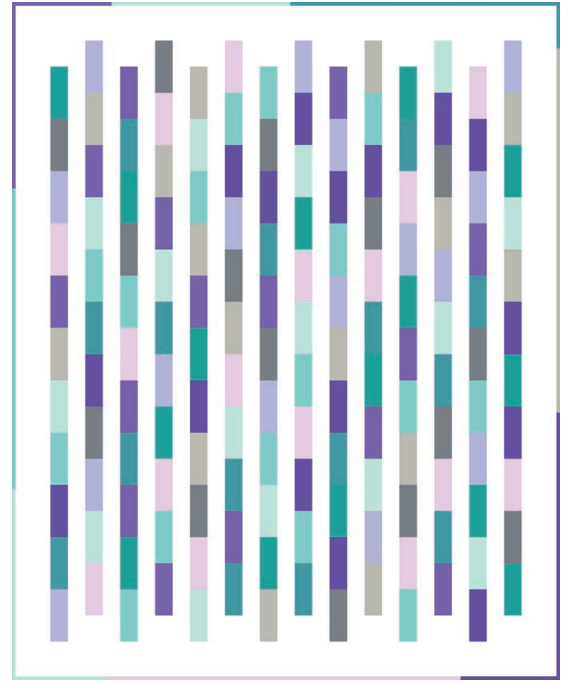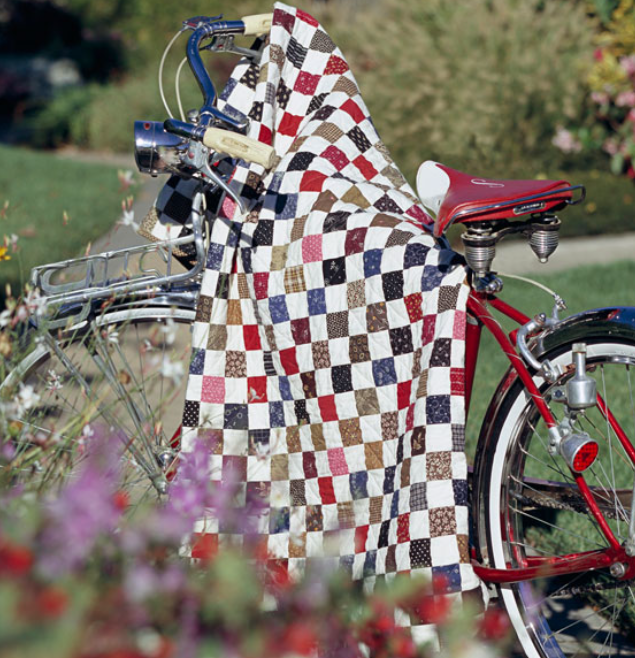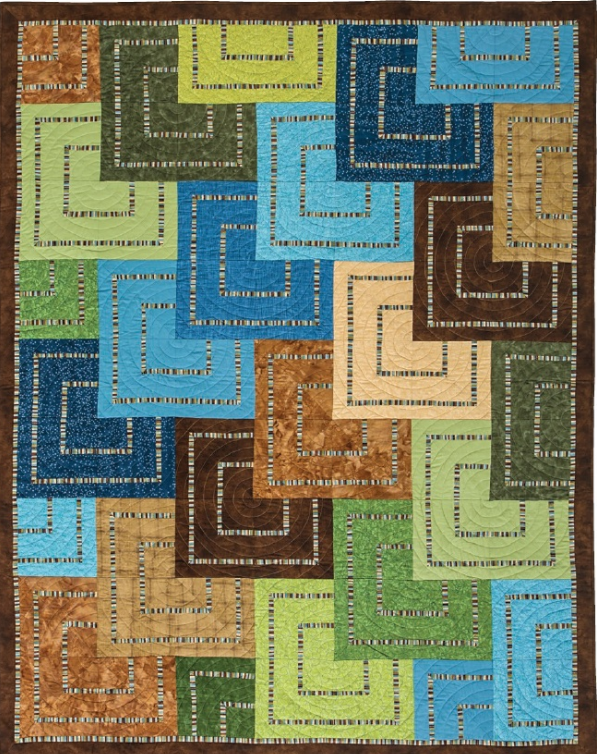Quilting, at its core, is a blend of art and tradition, and nothing exemplifies this more than the classic square. Squares are the building blocks of many quilt patterns, providing structure and symmetry. However, incorporating movement within these squares can transform your quilt from static to dynamic, breathing life and energy into your design. In this article, we’ll explore techniques and tips for creating movement within your squares, helping you craft quilts that are visually captivating and rich in texture.
One of the simplest ways to create movement within squares is through the strategic use of color gradients and value changes. By arranging squares from dark to light or transitioning from one color to another, you can guide the viewer’s eye across the quilt. This technique creates a sense of flow and progression, making the quilt feel alive and dynamic.
Tip: When selecting fabrics, choose a range of shades within the same color family. Lay them out from darkest to lightest to visualize the gradient before you start piecing your quilt.
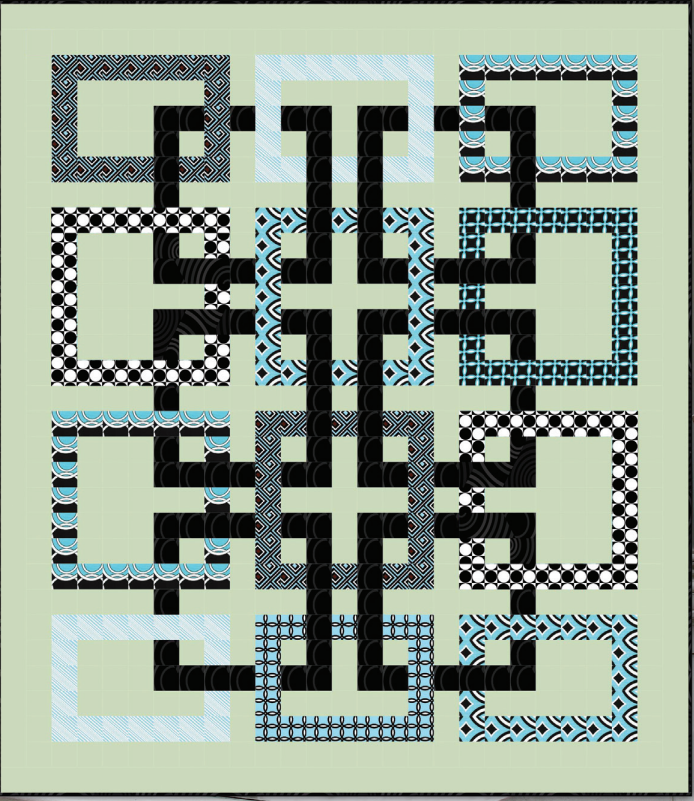
Diagonal Piecing
Instead of arranging your squares in a traditional grid, consider piecing them diagonally. Diagonal lines naturally draw the eye across the quilt in a sweeping motion, adding an element of movement. This technique can be used in various quilt patterns, such as half-square triangles or diamond layouts, to create a dynamic composition.
Tip: When working with diagonal piecing, precision is key. Ensure your seams are consistent to maintain the integrity of the design and avoid distortion.
Rotating Blocks
A simple yet effective way to introduce movement is by rotating some of your square blocks. For instance, if you are using a pattern with a directional print or a block design like the log cabin, rotating the blocks at different angles can create a sense of motion. This technique can be particularly striking in quilts with repetitive patterns.
Tip: Experiment with different rotations before sewing. Lay out your blocks on a design wall or floor to see how the rotations interact and create movement.
Asymmetrical Layouts
Breaking free from the rigid grid layout can also create a sense of movement. Asymmetrical layouts, where squares are arranged in an offset or staggered pattern, introduce a dynamic element to your quilt. This approach can be subtle or bold, depending on the degree of asymmetry.
Tip: Sketch your layout beforehand or use a design software to play with asymmetrical arrangements. This can help you find the balance between movement and harmony.
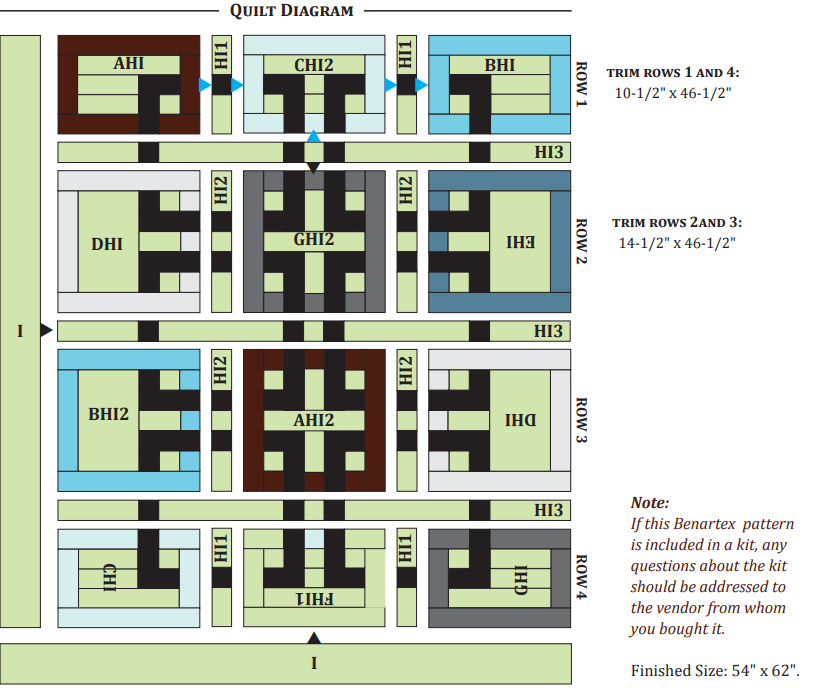
Incorporating Curved Piecing
Squares don’t have to be all straight lines. Incorporating curves within your squares can add a fluid sense of movement. Techniques like drunkard’s path blocks or curved seams can create a wavy, flowing effect that contrasts beautifully with the sharp edges of the squares.
Tip: Curved piecing requires a bit more precision and patience. Use templates and take your time pinning and sewing the curves to achieve smooth, even seams.
FREE PATTER HERE!
Creating movement within squares opens up a world of creative possibilities in quilting. By experimenting with color gradients, diagonal piecing, rotating blocks, asymmetrical layouts, curved piecing, varying square sizes, and bold prints, you can infuse your quilts with energy and life. Whether you’re a seasoned quilter or just starting out, these techniques can help you take your quilt designs to the next level. So, embrace the dynamic flair of movement in squares and watch your quilts come alive! Happy quilting!
Feel free to adapt and customize these techniques to suit your unique style and project needs. Share your creations with us on social media using #QuiltMissouri, and let’s celebrate the art of quilting together!

